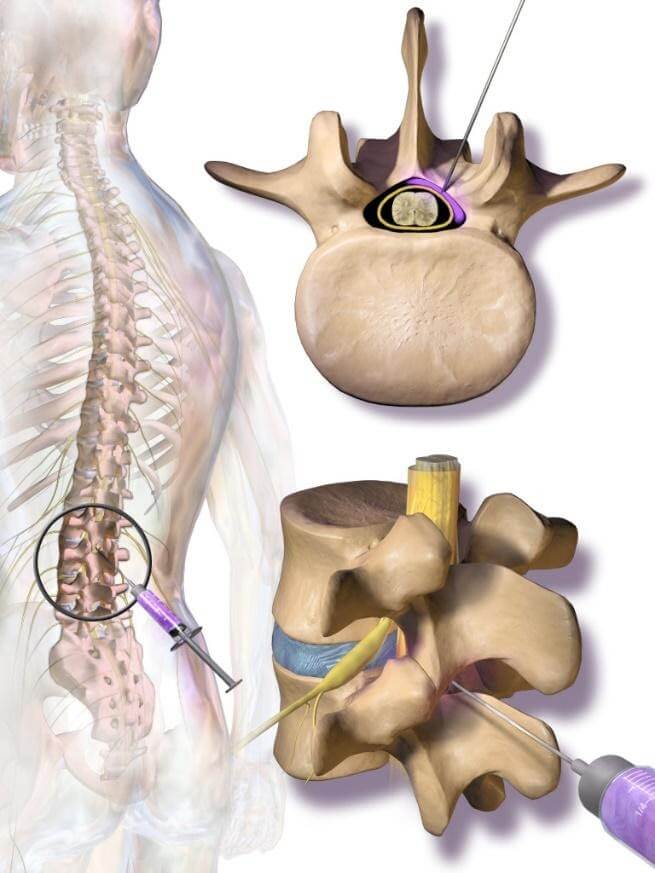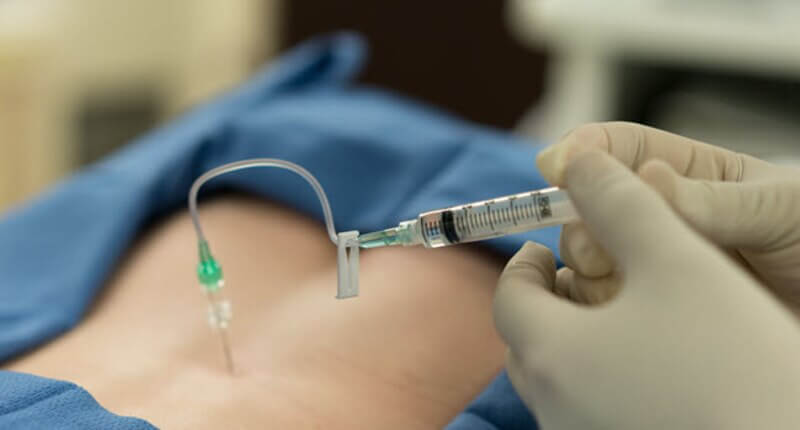Epidural-Spinal-Injections
Epidural Injections
Epidural injections involve the injection of medication, usually a combination of a local anesthetic and a corticosteroid, into the epidural space around the spinal cord. This procedure is commonly used to alleviate pain and inflammation associated with conditions such as herniated discs, spinal stenosis, and sciatica. The local anaesthetic provides immediate pain relief by numbing nerves, while the corticosteroid helps reduce inflammation for longer-term effects. The epidural space is the outermost part of the spinal canal, located just outside the protective membrane called the dura mater.
The injection is typically administered by a qualified healthcare professional, such as an anesthesiologist or pain management specialist. The goal of an epidural spinal injection is to reduce inflammation and alleviate pain caused by various conditions affecting the spine and surrounding tissues


Some common reasons for undergoing this procedure include:
- Herniated Disc: When the soft inner material of a spinal disc protrudes through the tough outer layer, it can irritate nearby nerves, causing pain.
- Spinal Stenosis: This is a narrowing of the spinal canal, which can put pressure on the spinal cord and nerves, leading to pain and discomfort.
- Degenerative Disc Disease: As the discs between the vertebrae age and break down, they can contribute to pain and inflammation.
- Sciatica: Inflammation or compression of the sciatic nerve, which runs from the lower back down the back of each leg, can cause pain, numbness, and tingling.
- Spinal Arthritis: Inflammatory conditions affecting the spine, such as ankylosing spondylitis or osteoarthritis, can lead to pain and stiffness.
Some quick information
Our goal is to help the patient regain their quality of life
In our pain clinic, we provide pain relief so you can regain your identity.

